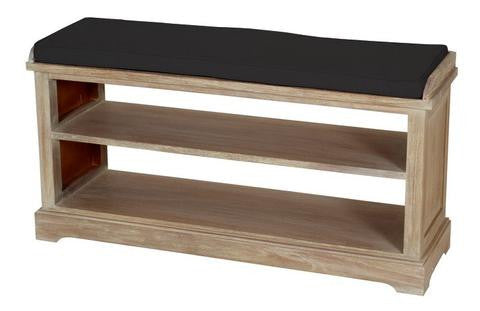
About Mindi wood
Share
Many of our products are produced from Mindi wood. Here is a little about it.
Mindi, which is naturally resistant to decay and fungi, is another name for white cedar wood. Dutch travelers and merchants brought it to Indonesia. The natives started growing the wood in plantations and named it “mindi.” The straight-grained lumber is native to and produced in the Solomon Islands, Australia, and tropical Asia with China, India, Japan, Indonesia, Sri Lanka, and Papua New Guinea.
Extremely workable,—thus favored by artisans, cabinetmakers, and woodworkers— the naturally coarse wood sands smoothly, tolerates friction, saws easily, and dries effortlessly with less shrinking and warping than comparable materials. It is ideal in solid form, but also a favorite for veneers.
In Indonesia, craftspeople and workers employ mindi to make boxes, chests, flooring, furniture, as well as other furnishings and accessories. Beyond construction and artistries, mindi is also useful for medicinal purposes.

The white cedar (geringging) tree grows as easily in the forest as the wood works in the shop. The sapwood is a whitish yellow color, whereas the heartwood tends to be reddish brown. It is evergreen in tropical zones, but will shed its leaves for the winter in the right conditions.
Mindi has many names the world over. The geringging tree is commonplace in the United States, Puerto Rico, and the Virgin Islands. Across the globe, it is also known as Chinaberry, bead tree, lelah, faux sycamore, paraiso, syringe berry tree, Indian lilac, Persian lilac, pride of India, Sichuan pagoda tree, violeta, and, of course, white cedar.
